The gallery is in Penzance, and situated in an attractive Victorian house and grounds. It houses a collection of work from the Newlyn school of artists. Worth a visit if you’re in the area.
Category: Museum
Museums and collections
Portsmouth Historic Dockyard
This is a large area with several major attractions:
–HMS Victory – probably too famous to require any further comment from me.
–HMS Warrior – a fascinating survivor from the era when the Navy was changing from wooden sailing ships with broadsides to steel dreadnoughts with turret guns. She contains features from both the sail and steel eras. Personally I found her more interesting than the “Victory”
–Mary Rose – a famous early wreck raised in 1982 in full view of the television cameras. I found that viewing the ship – or rather its surviving half – was something of an anti-climax. Currently it’s not on display (Sept 2011), but there are historic relics and museum presentations to be seen in the Mary Rose museum.
–National Museum of the Royal Navy – I remember that there was so much stuff in here that I left without going all the way round. No doubt it’s been re-organised since my visit, and they now recommend allowing 1 ½ hours to see the four galleries.
–The Harbour – Boat trips, obviously.
– “Action Stations” – aimed at active youngsters.
Note that admission to the various Historic Dockyard attractions is now by one all-inclusive (and inevitably rather expensive) ticket. For terms and validity, including re-visits, see the website. Note that each major attraction also has its own website. To get maximum benefit you might need to spread your visit over more than one day.
Stondon Motor Museum, Beds.
A large and diverse collection of motor vehicles, from 1900 to 1990. Well worth a look if you are interested in viewing a large car collection.
They also have a full size replica of Captain Cook’s exploration ship “Endeavor”. The replica, designed to “enable children today the unique experience of seeing life as it was on these primitive ships”, is constructed of sheet plywood, and does not replicate the full hull depth. So if you are expecting a replica of authentic frame and plank construction, looking ready to put to sea, this isn’t it.
Sulgrave Manor, Oxfordshire.
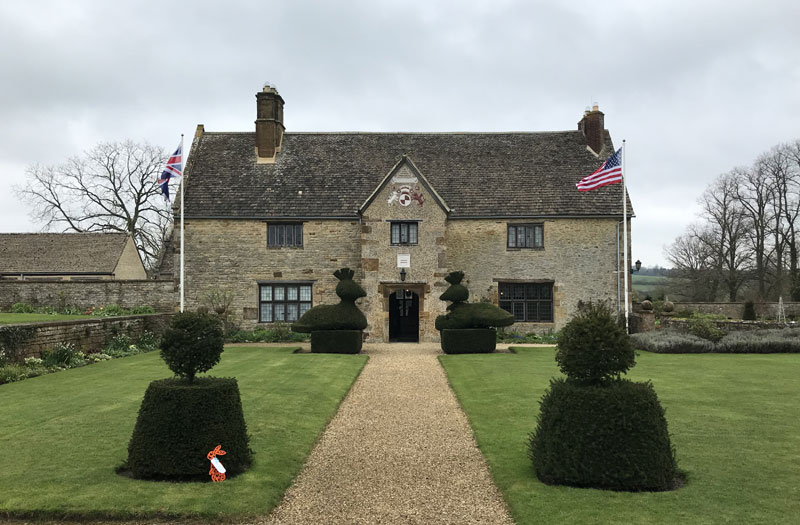 Private (HHA)
Private (HHA)
Mainly notable as the ancestral home of the Washingtons (=American president) in Britain, the manor was restored in the 1920’s as a symbol of British-American friendship. The original house was built by one Lawrence Washington in the 16th century. John Washington, Lawrence’s great-grandson, emigrated to the United States. By this time the manor had already passed into other hands. A descendant of John Washington became the first President of the United States.
Subsequent owners added on or demolished various parts, with the great Hall and the chamber above it being the oldest surviving parts. The wing completing the symmetry of the frontage is a 1920’s addition built to house caretakers of the restored house and gardens.
The house contains representative old furniture and artefacts. The grounds were laid out in the 1920’s when the house was restored. There is also a collection of George Washington memorabilia.
When visiting, if you drive through the village, look for the Sulgrave Manor entrance on your right, at the end of the village. Do NOT turn left into Manor Lane, as your satnav may indicate.
All photos 2024
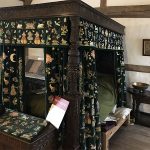
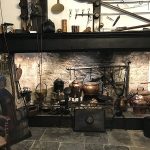
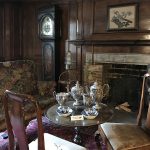
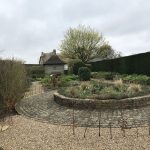
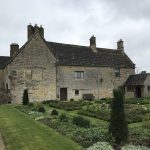
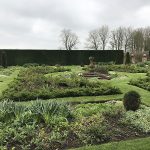
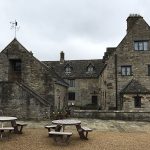
Tate St Ives
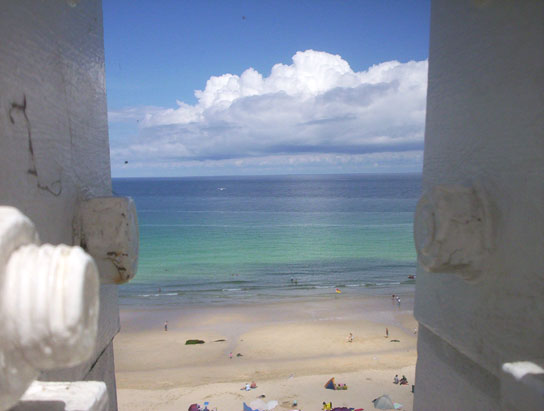
RAF Hendon, London.
A former airfield, now one of the two sites of the RAF Museum. It’s near the railway, and many years ago when passing by, one could see some large parked aircraft from the train. Nowadays the collections are housed indoors, including some purpose-built buildings. Admission is free, though I recollect that they expect visitors to “check in”. It’s accessible by public transport. Access by car is easy, but note that there is now a charge for car parking. This is a large and diverse museum – they say it is impossible to see everything in one day. For more information check the museum’s website. An essential visit for those interested in military aviation.
Telegraph Museum, Porthcurno, Cornwall.
The Museum is housed in a large white building, and associated tunnels, which formerly housed the shore terminal for Britain’s trans-ocean telegraph cables. It now contains exhibits about marine cables, telegraph equipment, etc. If you are interested in electronics or the history of technology, you should find this a rewarding visit. Don’t underestimate the time required to look at everything inside – I allowed two hours and found that this wasn’t long enough. If you are parking in the car-park between the Museum and the beach, I recommend that you pay for 3 hours’ parking. Note that should you need to lose the rest of the family for two or three hours, a beach and coastal walks are nearby.
Thurleigh Airfield, Beds
Home of the 306th Bombardment Group Museum. This small museum is worth a visit if you are a military aviation or history buff. My elderly mother enjoyed it. Suggested visit time: 1 hr.
The runways still exist, if the satellite view is any guide, but the former airfield is occupied partly by the Jonathan Palmer motor racing site, and an industrial park.
Twinwood Airfield and Museum, Beds.
This is the airfield from which Glenn Miller departed before his disappearance. Wartime buldings remain on the site, and house the Glenn Miller Museum and other small museums devoted to aviation, militaria, old vehicles and the Fire service. The wartime runways have reverted to agriculture. Enough to keep airplane and history buffs amused for half a day.
